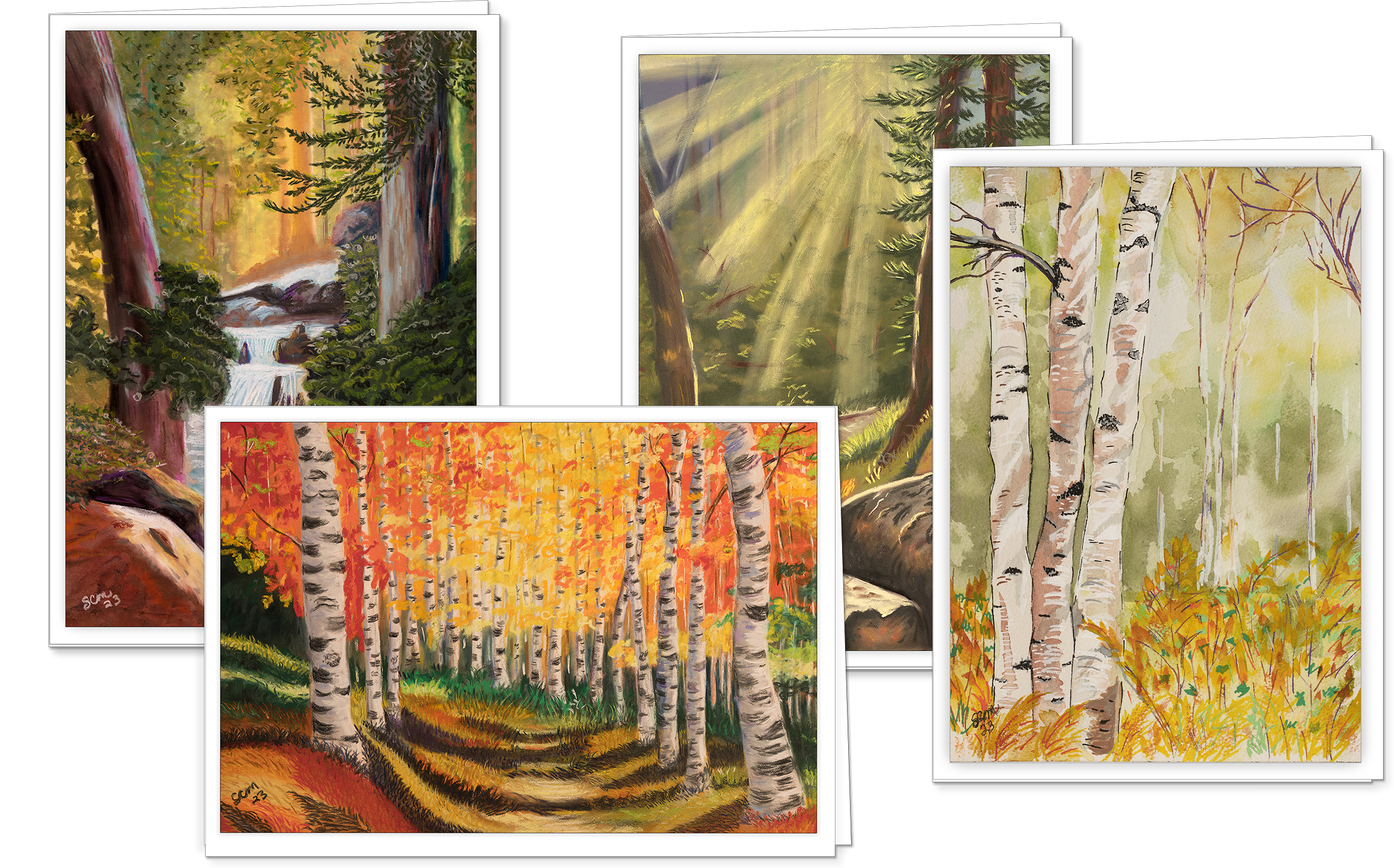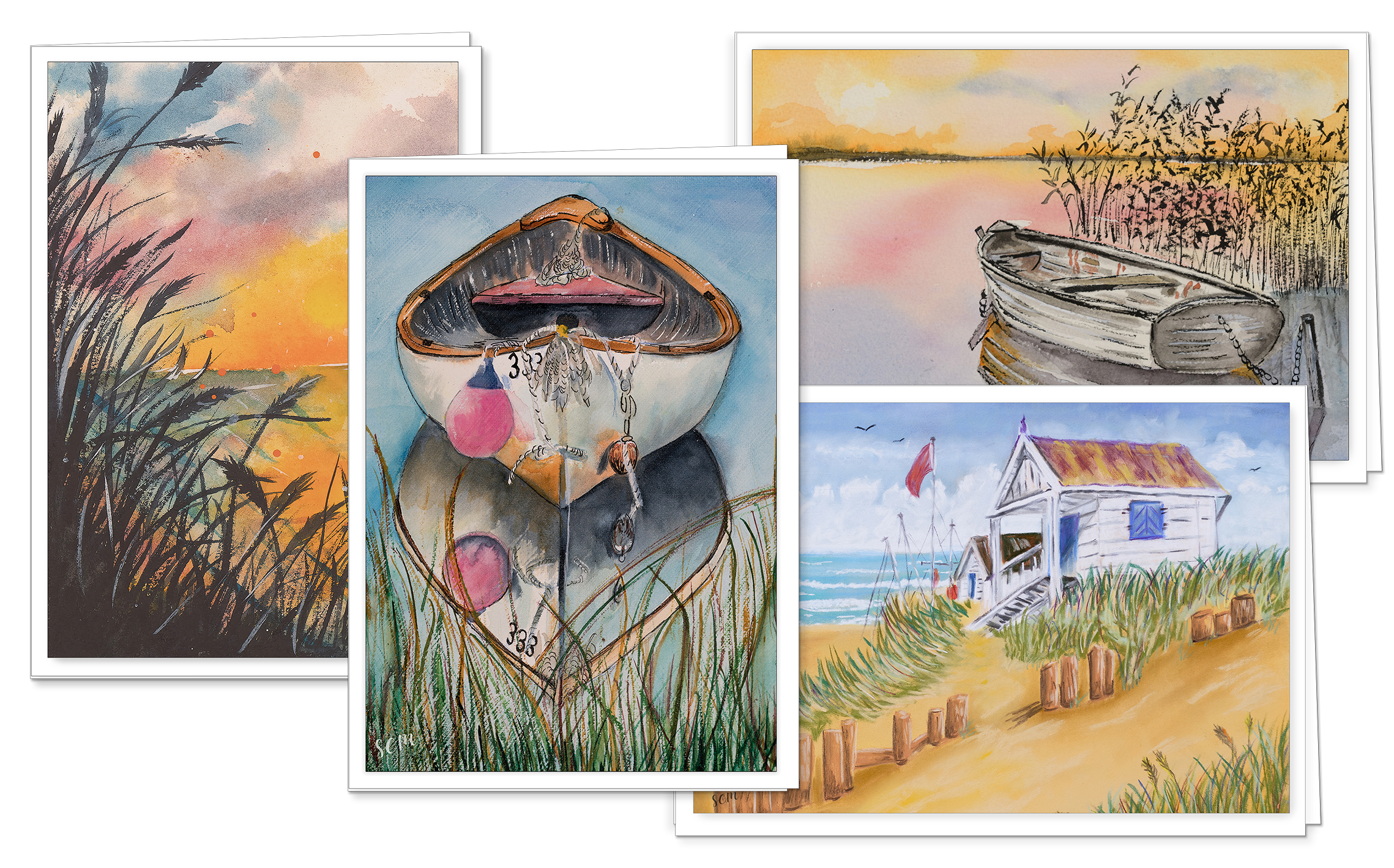Eight Reason’s for Sending Greeting Cards
Greeting cards are more than just pieces of paper; they're heartfelt messages that carry sentiments and emotions. Here's why people send greeting cards:
1. Personal Touch: They allow you to express personal sentiments and
emotions that might be challenging to convey verbally.
2. Connection: Sending a card can strengthen relationships and
connections by showing someone you're thinking about them, especially
on special occasions or during tough times.
3. Tradition: It's a traditional way to mark important events and
holidays, maintaining cultural customs and practices.
4. Memories: Cards can become keepsakes, holding memories of the sender, the occasion, and the heartfelt message exchanged.
5. Surprise and Joy: Receiving a card unexpectedly can brighten someone's day, bringing joy and happiness.
6. Expression of Gratitude: They provide a means to express gratitude, appreciation, or thanks in a tangible way.
7. Creativity: Crafting or choosing a card allows for creative expression, enabling
individuals to select designs that reflect the recipient's tastes or the occasion itself.
8. Distance: In our increasingly digital world, physical cards offer a tangible connection,
especially for those separated by distance.
Sending a greeting card allows for a special kind of communication that transcends the
immediacy of digital messages and creates a lasting impact.
Where it all started. This is the image I thought I would end up with. The magenta clouds quickly moved south leaving behind a relatively drab sky. That is, until the change of color occurred,
Because of the dynamic range of the scene on this early morning, I had set my camera to bracket five exposures with each shutter click. Each exposure variation was one shot of light up or down from the previous shot (-2, -1, normal, +1, +2). I then merged them in Adobe Lightroom. The file for the upper half of the image was processed for tonality in Lightroom. All those settings were then copied and pasted on the image used for the lower half of the image. Both images were then output as layers in Photoshop. A back mask was applied to the image used to bring in the beaver and painted on with a white brush to reveal the beaver and its wake.
How it all came together.










